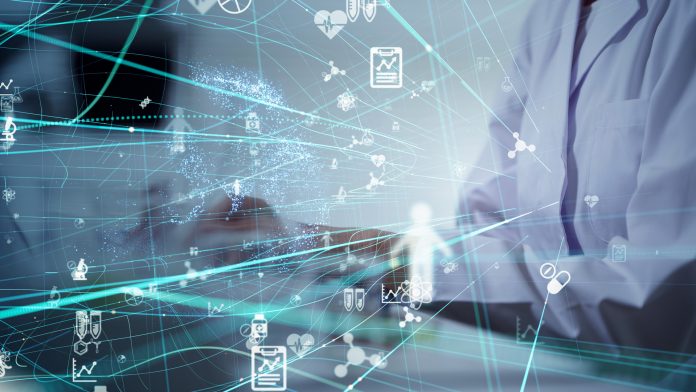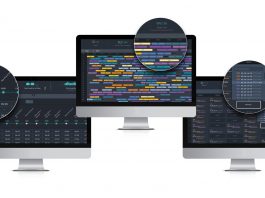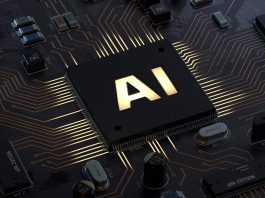Researchers have developed a platform to help non-experts use Artificial Intelligence (AI) to study microscopy images.
This platform, developed by scientists Åbo Akademi University in Finland and Instituto Gulbenkian de Ciência in Portugal, is freely available, easy-to-use, and could be a gateway to the use of AI in microscopy.
Software utilising AI is dramatically changing the way microscopy images can be analysed. For example, AI can be used to identify certain characteristics in images, such as tumours in biopsy samples, or enhance the quality of images by eliminating unwanted noise.
However, until now, little progress has been made to develop AI in microscopy that is easy-to-use for non-experts.
The new research, published in Nature Communications, outlines the platform – named ZeroCostDL4Mic – that the researchers developed to democratise the use of AI in microscopy.
“The key novelty is that ZeroCostDL4Mic runs in the cloud for free and does not require users to have any coding experience or advanced computational skills. Effectively, it runs on any computer that has a web browser,” explained Guillaume Jacquemet, a Senior Researcher in Cell Biology at Åbo Akademi University.
In the last few centuries, microscopes have enabled human beings to study objects that are otherwise too small to be seen by the human eye. Today, microscopy is a leading technology used worldwide to perform not only research but also diagnostics.
Contemporary microscopes are connected to digital cameras, leading to the attainment of hundreds to thousands of images per sample. These images must be processed on a computer to lead to meaningful data.
To help with this huge task, Jacquemet and his colleagues have utilised AI to teach a machine to undertake this work. In practice, ZeroCostDL4Mic is a collection of self-explanatory notebooks for Google Colab, featuring an easy-to-use graphical user interface.
“We believe that ZeroCostDL4Mic will acts as ‘a gateway drug’ for AI, luring users to explore these new technologies that will transform biomedical research and diagnostics in the decades to come,” commented Jacquemet.









